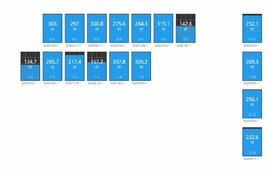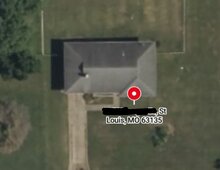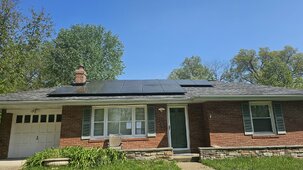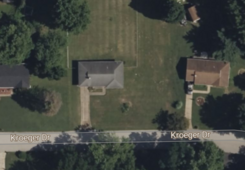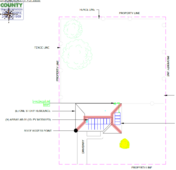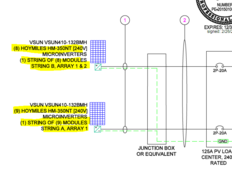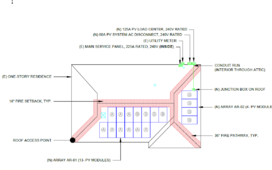zanydroid
Solar Wizard
They sell 4:1, it has UL1741 certifications, it was also properly submitted to all the extra relevant organizations in my highly regulated state, including the 1741SA exemption and all that.Is 4:1 a "proper" Hoymiles design? I mean I can live with it I'm just very concerned about future headaches with warranty/insurance/POCO and aggravated that they willy nilly changed things up without saying "boo" about it and then just make up excuses (maybe they are legit, aside from the glaring fact it saved them money) and take no ownership/responsibility for it.
When I say proper I mean in the sense of, 1:1 with Hoymiles is pretty damn silly, most of these non-Enphase companies get their fundamental strengths from simplifying the hardware with N:1 inverters. Why would I pay the same with Hoymiles and take a higher, i dunno, geopolitical risk from a future trade war cutting off warranty replacements? It'll take bigger problems in the world for Enphase to stop supporting their inverters.
That's independent of how the installer conducted business. I can only speak to how I analyzed 4:1 vs 1:1 installations when I picked my hardware.
You probably have bigger warranty problems like your installer disappearing, which is a high probability event anyway (I assume cut-rate installers in California have a limited half-life and can't be trusted to provide support for 25 years. OTOH, do you really want to pay +50-75% for the ones that have been around 20-30 years, vs keeping the cash in hand and investing it). And at that point you hope Hoymiles has better domestic support network. This is the devil's bargain with buying less common brands (which I was OK with personally and explicitly documented in my own project planning records, you can search my post history here for it about a year ago. There are worse lesser brands than Hoymiles, they are better capitalized than NEP AFAICT, but both have high geopolitical exposure).
I definitely want to avoid any more screwing around on my roof. I got a new roof solely for the purpose of getting solar (the old one probably had 5-10 years left on it) and certainly don't want to have more holes drilled / filled / then re-drilled.
Yeah that part of the situation sucks too. You are right to feel upset/not sure what to do here...
So what is the delta to the IQ8A bids?



